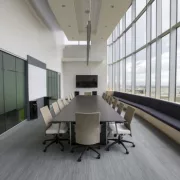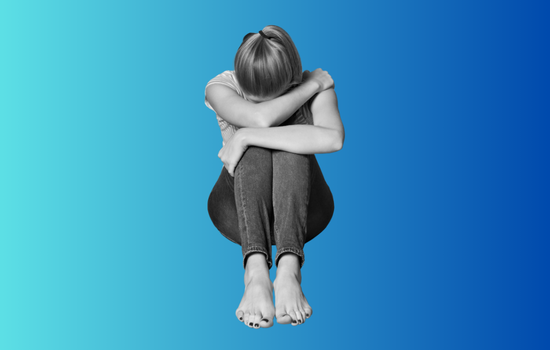
Anxiety Disorders: Types, Causes, Symptoms & Treatments
Anxiety is an emotion familiar to everyone. However, when anxiety becomes overwhelming and persists, interrupting day-to-day tasks and well-being, it may be labeled as an anxiety disorder. Let’s delve deeper into understanding the intricacies of anxiety disorders.
Understanding Anxiety Disorders
Imagine standing on a stage with hundreds of eyes on you, feeling your heart race and palms sweat, or visualizing a scenario where you’re on an airplane during turbulence, clutching the armrest as anxiety fills your mind. These are natural, occasional reactions to stress-inducing situations. But what if this feeling of dread didn’t just stop after the event was over? What if it persisted day in and day out, even when no apparent reason or trigger was present? That’s when it transcends being just ‘anxiety’ and becomes an ‘anxiety disorder’.
Anxiety disorders go beyond the usual nervous reactions we experience before giving a presentation or taking an important exam. These disorders represent a heightened state of fear and apprehension, often without any direct threat. Think of it as an alarm system constantly ringing, alerting you to danger even when there isn’t any.
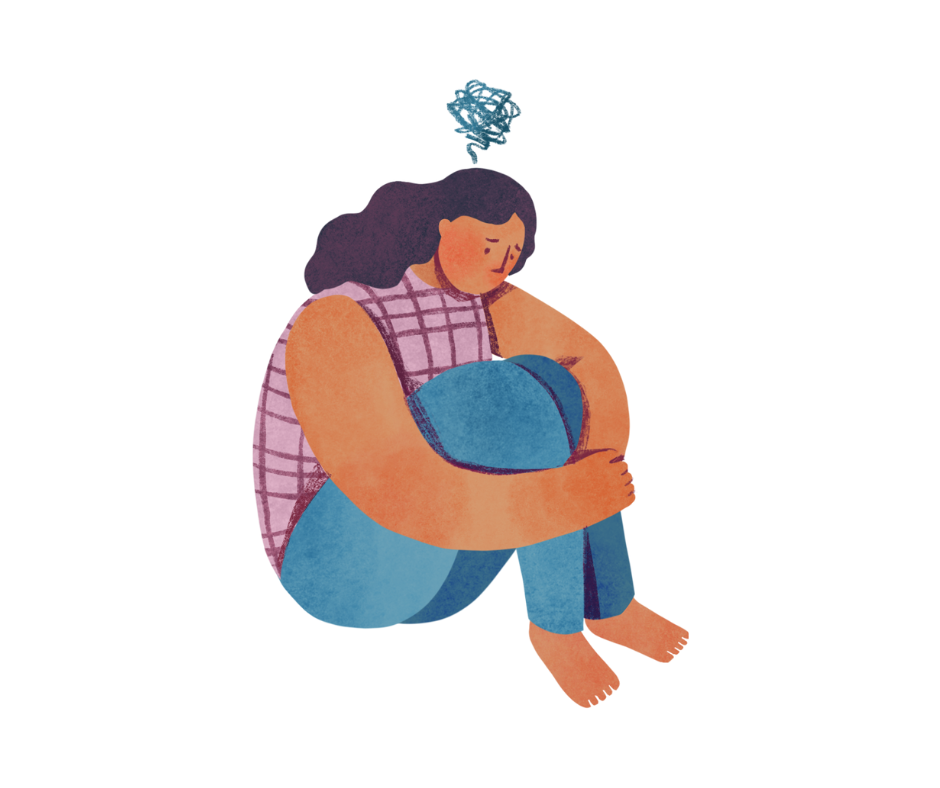
At its core, an anxiety disorder isn’t just about feeling nervous. It’s a chronic state where individuals find themselves consistently worried, fearful, or anxious about everyday situations. The fear can be so intense that it might hinder one’s ability to function normally. For instance, someone with social anxiety might avoid attending parties or social events, fearing they will be judged, while a person with a phobia of heights would go to great lengths to avoid tall buildings or flying.
What’s most concerning is that people with anxiety disorders often know that their fear is greater than the actual situation warrants, but they can’t escape these overwhelming feelings. It’s like being trapped in a loop where your brain continuously tells you something’s wrong, even when everything is perfectly fine.
Another essential aspect to grasp is that anxiety disorders aren’t just mental battles. They manifest physically too. This can include symptoms like a racing heart, trembling, sweating, and feeling nauseous or lightheaded.
Understanding anxiety disorders requires acknowledging the profound impact they have on an individual’s life. It’s not just about ‘being nervous’. It’s about experiencing a constant, often irrational fear that affects one’s mental and physical well-being. Recognizing this helps in fostering empathy and support for those grappling with such disorders.
Do you know: The Power of Self-Discipline
Types of Anxiety Disorders
There are several forms of anxiety disorders, each with unique characteristics. We shall delve into the primary ones:
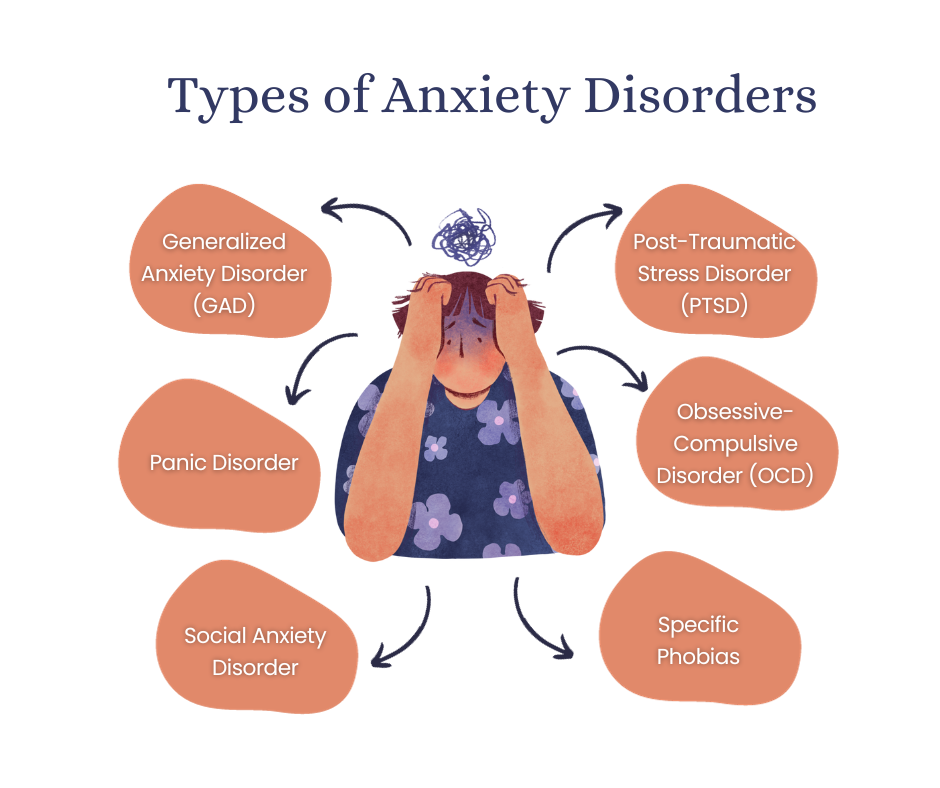
Generalized Anxiety Disorder (GAD)
Many individuals experience moments of worry in their lives. Whether it’s about an upcoming job interview, financial concerns, or even smaller things like an approaching deadline, it’s natural for people to feel anxious occasionally. However, there’s a clear distinction between these typical life experiences and the incessant, excessive, unrelenting worry of Generalized Anxiety Disorder (GAD).
People suffering from GAD feel trapped in a cycle of prolonged anxiety and can spend hours agonizing over the smallest of matters, leading to significant distress. These feelings can be so pervasive that they interfere with daily functions, affecting both personal and professional aspects of their lives. It’s akin to having an alarm system in your body that’s always on. This means individuals with GAD are perpetually sounding alarms, even in non-threatening situations.
For those unfamiliar with this experience, it might seem perplexing or even trivial, but the magnitude of worry that people with GAD feel can be incredibly debilitating.
Signs of GAD:
- Feeling restless all the time
- Finding it hard to focus
- Getting irritated easily
- Having trouble sleeping
- Feeling tense
What usually causes it? Everyday things, like work or family, can make those with GAD worry too much.
Panic Disorder
Picture this: you’re going about your day, perhaps sipping coffee or walking down a familiar street, and out of nowhere, you feel an overwhelming sense of terror. Your heart races, breathing becomes difficult, and there’s a looming fear of impending doom, often to the point where you believe you’re having a heart attack. These sensations are typical symptoms of a panic attack.
For some people, this isn’t a one-time occurrence. They live in apprehension of the next attack, altering their lifestyle to avoid potential triggers. This persistent state of worry is the essence of Panic Disorder. While anyone might experience a panic attack at some point in their lives, repeated occurrences without a clear trigger signal the presence of this disorder.
The unpredictable nature of these attacks can make everyday activities seem daunting, with sufferers constantly wary of potential episodes.
Signs of it:
- Heart racing
- Shaking
- Feeling choked up
- Feeling like something really bad is about to happen
- Feeling sick
What usually causes it? It can happen randomly or when reminded of a past panic attack.
Also Read: How to Make a Self-Care Checklist That Actually Works for You
Social Anxiety Disorder
At some point, most of us have felt a bit nervous before a public presentation or when entering a room filled with strangers. A touch of nervousness in such situations is pretty standard. However, for some, this anxiety isn’t just a passing flutter in the stomach. Instead, it’s a crippling fear that might keep them away from social situations altogether. This fear isn’t just about being shy or introverted.
It’s an intense dread and avoidance of social interactions due to fear of being judged, humiliated, or embarrassed. Even routine actions like eating in public, making small talk, or just being observed while doing something can be agonizing for those with Social Anxiety Disorder.
In essence, they’re trapped in a loop where they fear negative judgment, which leads them to avoid social scenarios, further reinforcing their fears.
Signs of SAD:
- Avoiding people and social events
- Scared of talking to new people
- Feeling sick when around others
- Blushing or sweating a lot in front of people
What usually causes it? Things like speaking in public or meeting new people can set it off.
Specific Phobias
We all have fears. Some might dread heights, while others might be terrified of spiders. However, when that fear is so intense that it interferes with your daily life, it’s more than just a simple fear; it’s a specific phobia.
For someone with a specific phobia, even thinking about their source of fear can trigger severe anxiety. Imagine being so afraid of birds that you avoid going outside or feel paralyzed at the mere sight of a feather. It’s a pervasive, irrational fear of a specific object, activity, or situation, often leading to avoidance behavior.
While it might seem easy to dismiss these fears as overreactions, they are deeply ingrained in the individual’s psyche and can significantly impede their day-to-day activities.
Signs of it:
- Feeling very scared when near the thing they’re afraid of
- Doing anything to avoid that thing
- Feeling sick or shaky when they think about that thing
What usually causes it? Being near or even thinking about the thing they’re scared of can bring it on.
Also Read: Top 10 Tips for Managing Holiday Stress
Obsessive-Compulsive Disorder (OCD)
At some point, you might’ve double-checked if you locked your door or switched off the stove. Such behaviors are normal and part of our daily routine. However, when these checks become compulsions, where you find yourself checking the lock multiple times, it delves into the realm of OCD. OCD isn’t just about being neat or organized.
It’s characterized by obsessive thoughts and compulsive behaviors that can dominate an individual’s life. Someone with OCD might wash their hands until they’re sore, check things repeatedly, or have certain thoughts that keep coming back—these are rituals they feel compelled to perform, no matter how irrational they seem.
Signs of OCD:
- Wanting things to be in a perfect order
- Being scared of dirt or germs
- Checking things over and over
- Having bad thoughts they can’t get rid of
What usually causes it? Each person is different, but stress or reminders of bad times can make it worse.
Post-Traumatic Stress Disorder (PTSD)
Traumatic events leave a mark, both physically and mentally. While physical wounds might heal, the mental scars can sometimes last a lifetime. PTSD is a testament to this enduring mental anguish. Stemming from events like wars, assaults, natural disasters, or any traumatic experience, PTSD sufferers often relive their trauma through flashbacks, nightmares, and intense anxiety.
They might go to great lengths to avoid reminders of the trauma. It’s not just about having bad memories. It’s about those memories being so intrusive and distressing that they affect one’s ability to function normally. Individuals with PTSD often find themselves trapped in the traumatic moment, unable to move forward.
Signs of PTSD:
- Thinking a lot about that bad time
- Avoiding places that remind them of it
- Feeling scared all the time
- Being jumpy
What usually causes it? Being reminded of the bad time can make them feel scared all over again.
5 Proven Treatments for Anxiety Disorders
Experiencing anxiety is a normal part of life. But when it becomes persistent and overwhelming, seeking treatment is essential for reclaiming control and improving one’s quality of life. Thankfully, there are tried-and-true treatments available that can help individuals manage and overcome their anxiety. Let’s dive into these effective approaches.
1. Cognitive Behavioral Therapy (CBT)
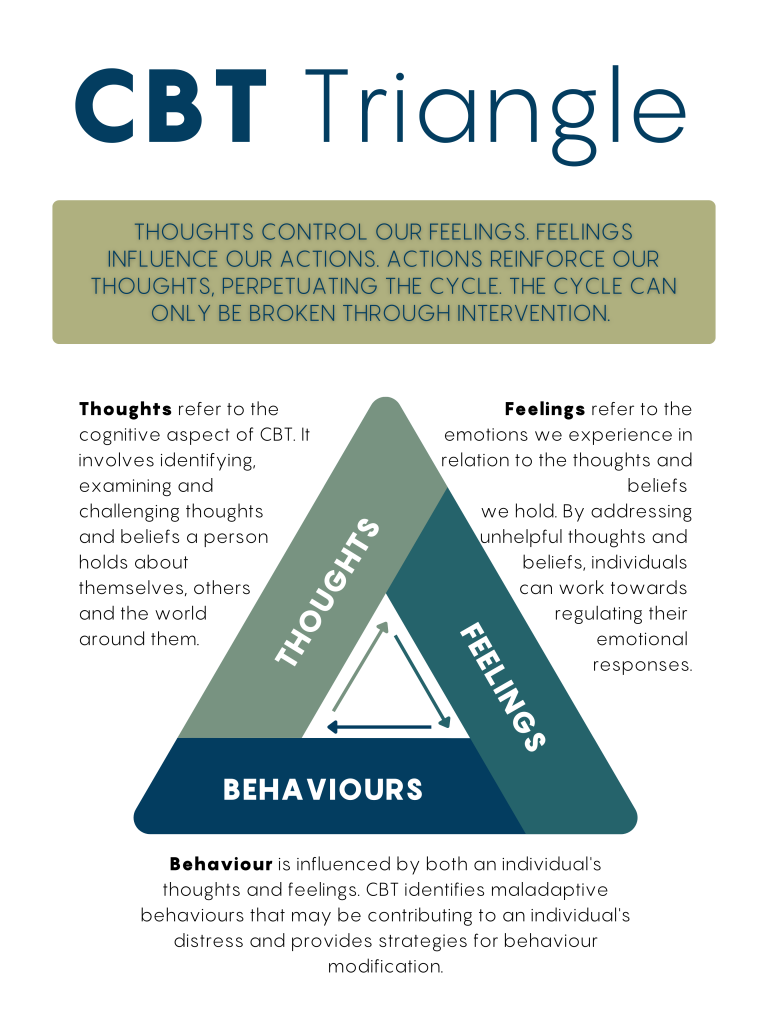
CBT is a talking therapy that helps you understand the link between your thoughts, feelings, and behaviors. By pinpointing negative thought patterns, you can learn to replace them with more positive, constructive ones, which can significantly reduce anxiety symptoms. It’s like rewiring your brain to think more optimistically.
CBT focuses on recognizing and reshaping negative thought patterns. For instance, if someone constantly thinks, “I’m going to fail at everything,” CBT helps them challenge and change this outlook to something like, “I can try my best and learn from every experience.
Also Read: How to Avoid Job Burnout in 2023
2. Medication
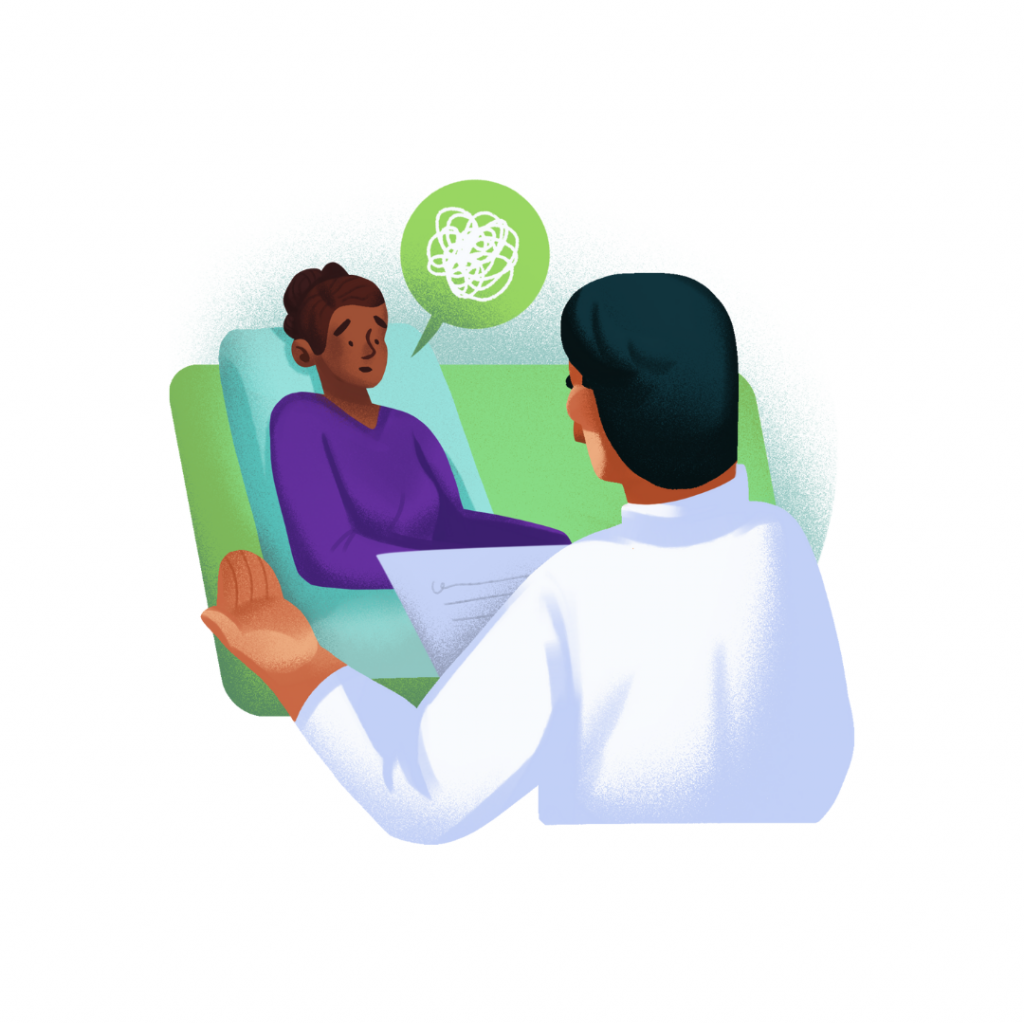
While medication isn’t the solution for everyone, it can be a game-changer for some. Various types, like antidepressants and anxiolytics, can help balance brain chemicals, making you feel more at ease. Remember, it’s always important to chat with a doctor to find the right fit for you.
There are different medications tailored for anxiety. For example, Sarah was overwhelmed with panic attacks and was prescribed an anxiolytic. Over time, with her doctor’s guidance, she found her episodes becoming more manageable, helping her regain control over her life.
3. Relaxation Techniques
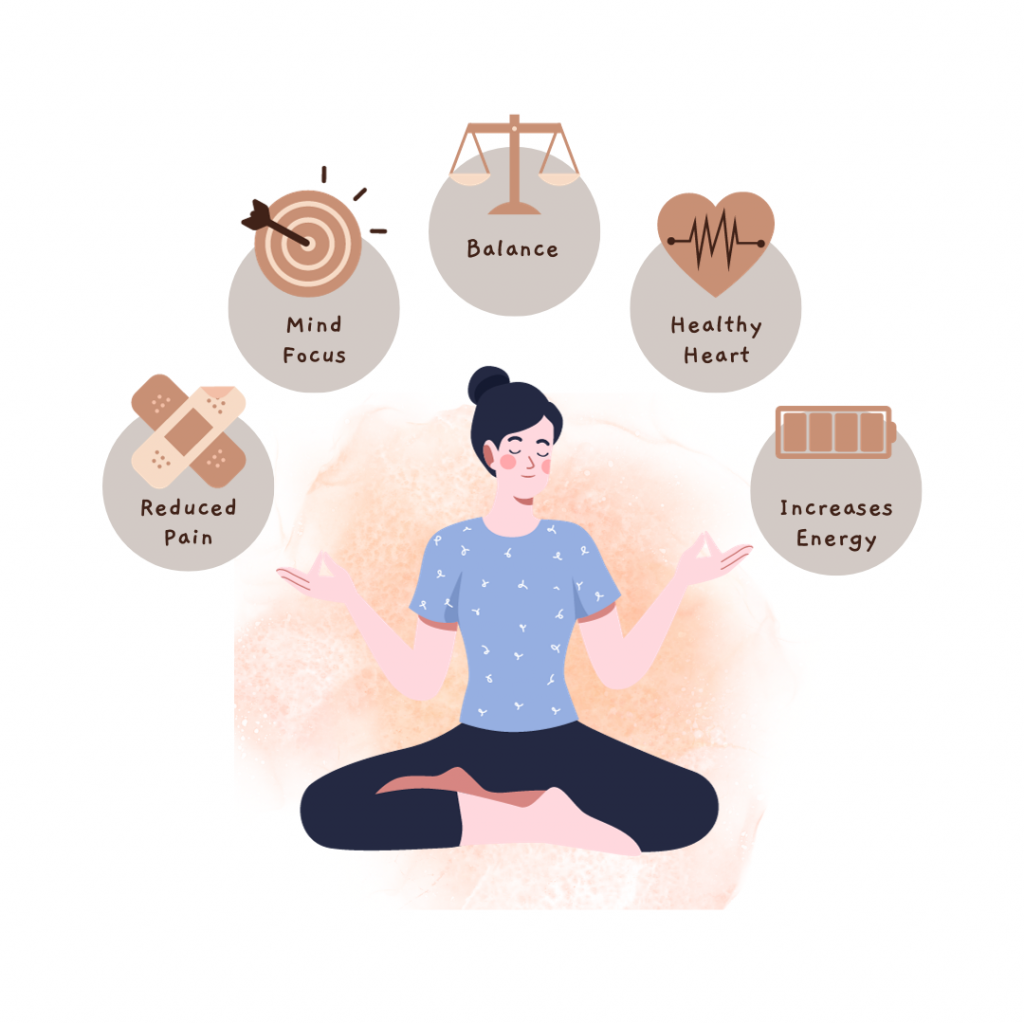
Think of these as mini-vacations for your mind. Techniques like deep breathing exercises, meditation, and progressive muscle relaxation can transport you to a calm space, even amid chaos. With regular practice, they can be powerful tools in your anxiety-battling arsenal.
Take deep breathing, for example. Mark used to feel his heart racing every time he had to give a presentation. By practicing deep breathing exercises, he learned to calm his nerves and speak confidently in front of his peers.
Also Read: Amazing Health Benefits of Guava
4. Biofeedback and Neurofeedback
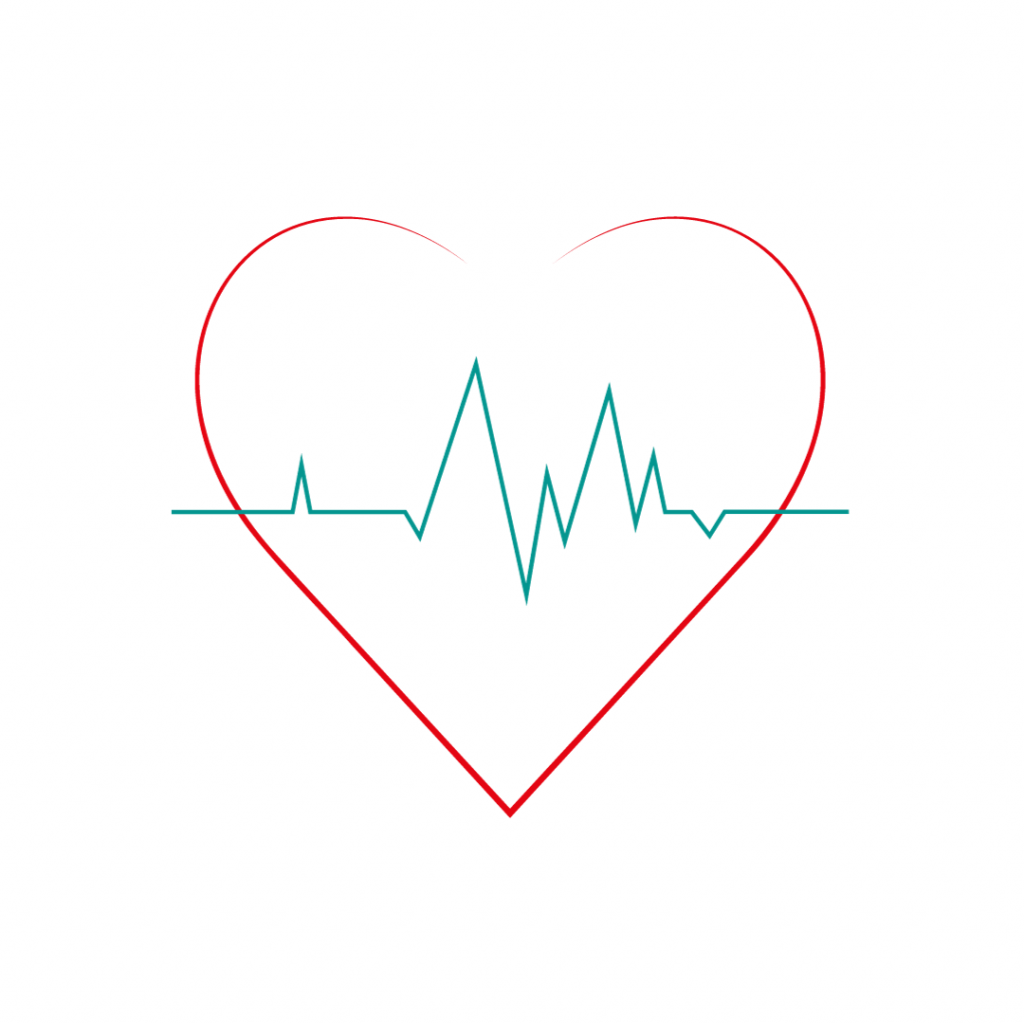
Imagine if you could see how your body reacts to stress in real-time? With biofeedback, you can! By using sensors, you learn how to control physiological functions like heart rate. Meanwhile, neurofeedback focuses on brainwave patterns. Both techniques give you an inside view of your body’s stress responses, allowing you to manage them better.
In a biofeedback session, Jane was shown real-time data of her heart rate. Every time she felt stressed, she could see her heart rate spike on the monitor. With this insight, she trained herself to maintain a steady rhythm, using relaxation methods whenever she noticed an increase.
5. Exposure Therapy
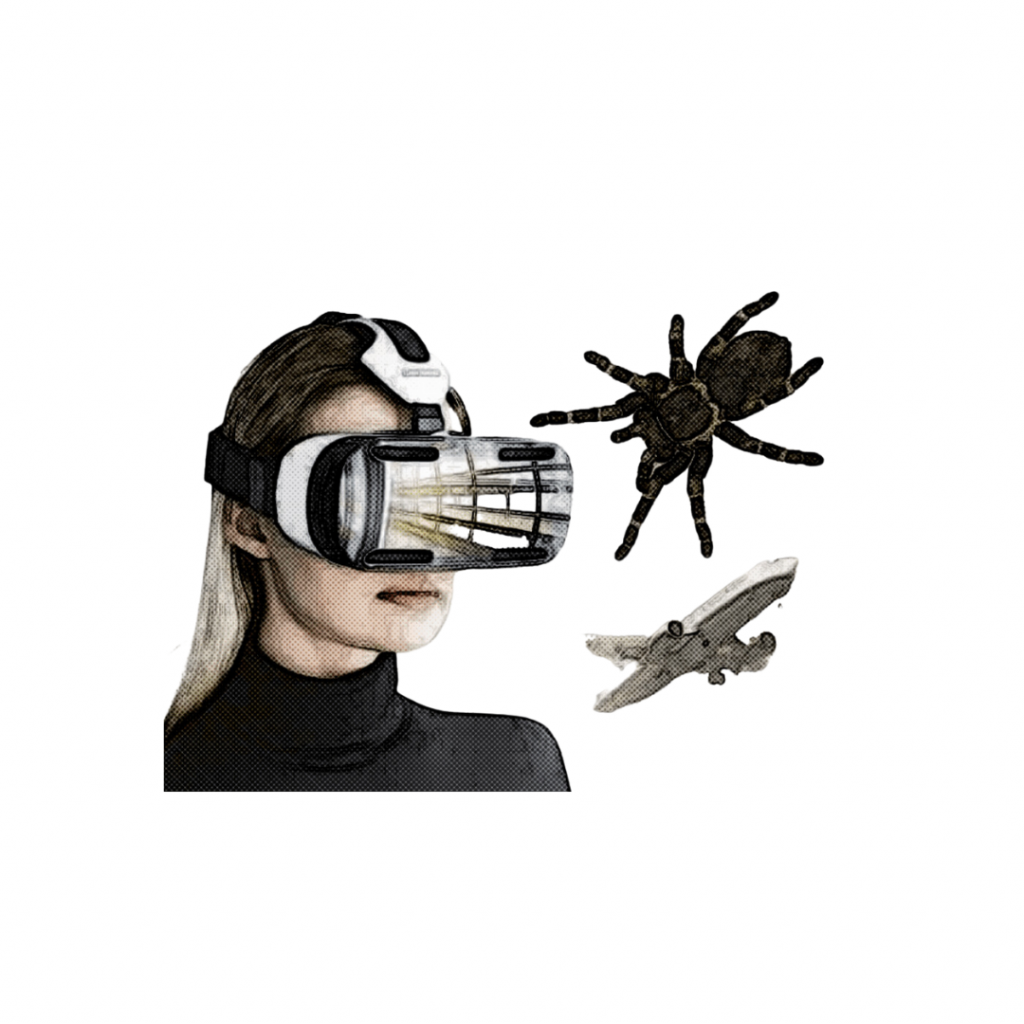
While it might sound a bit scary, exposure therapy can be a beacon of hope for those with specific phobias or traumatic memories. By gradually and safely exposing yourself to the thing you fear, under the guidance of a therapist, you can reduce its hold over you. Think of it as confronting your fears head-on, but with a safety net.
Tom had an intense fear of heights. Through exposure therapy, he was gradually introduced to higher places, first just standing on a chair, then climbing a ladder, and eventually making it to the top of a small building. Over time, his fear diminished, allowing him to enjoy panoramic views from tall structures.
Also, check How Banana Face Mask is good for dry skin?
6. Group Therapy
Sometimes, just knowing you’re not alone can be incredibly healing. Group therapy offers a space to share experiences, feelings, and coping techniques with others who understand what you’re going through. It’s like having a support squad on your journey to better mental health.
In group therapy, David shared his experiences with social anxiety. He found comfort in hearing Lisa, another group member, share a similar story about feeling nervous at parties. Together, they exchanged coping strategies and found strength in their shared experiences.
Final Thoughts
In our journey through life, understanding our mental well-being is paramount. Anxiety disorders, though challenging, are not insurmountable. With knowledge, support, and the right treatment, a brighter, more peaceful horizon awaits. Embrace the journey, trust the process, and always remember that seeking help is a sign of strength, not weakness. Until next time, take care and be kind to yourself.
If you don’t see what you’re looking for here, reach out to us at [email protected].
FAQs on Anxiety Disorders
It’s a medical condition where you experience excessive, persistent worry or fear, often affecting daily activities.
If you constantly feel overwhelmed with worry or fear, especially without a specific reason, you might have an anxiety disorder. Consult a professional for a diagnosis.
Yes, genetics can play a role. If someone in your family has an anxiety disorder, you may be at a higher risk.
Try relaxation techniques like deep breathing, meditation, or journaling. However, it’s essential to consult a professional for persistent symptoms.
Yes, many people find relief with medications, but it’s vital to discuss potential side effects and benefits with your doctor.
Absolutely. Just like adults, children can experience anxiety disorders due to various reasons, including genetics and environment.
Certainly! Regular exercise, a balanced diet, and proper sleep can significantly help in managing your anxiety.
Yes, prolonged stress can be a trigger. If you’re consistently stressed, you might be more susceptible to developing an anxiety disorder.
It depends on the severity of your symptoms and the therapist’s recommendations. Some people benefit from weekly sessions, while others might need less frequent visits.
Unfortunately, yes. If not addressed, chronic anxiety can lead to issues like heart problems, high blood pressure, and gastrointestinal problems. It’s essential to seek help if you’re feeling consistently anxious.



